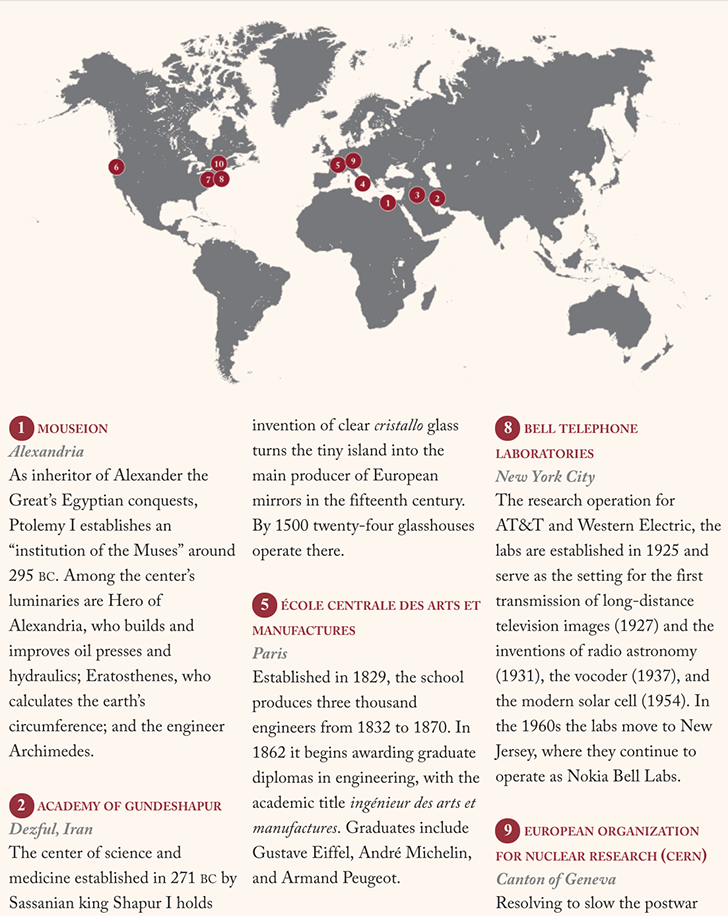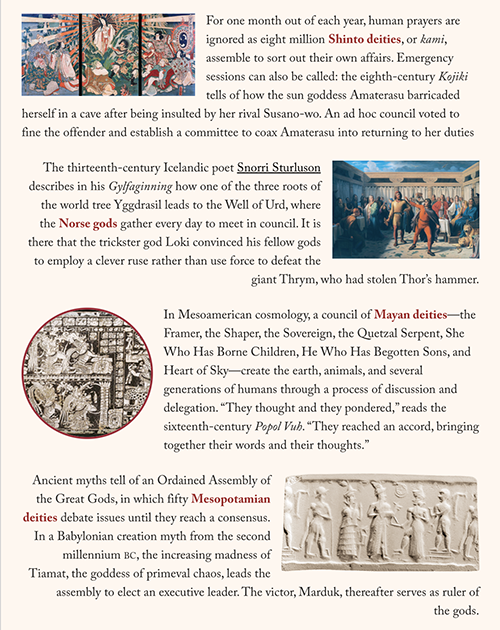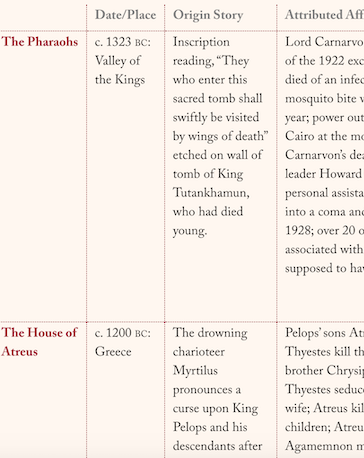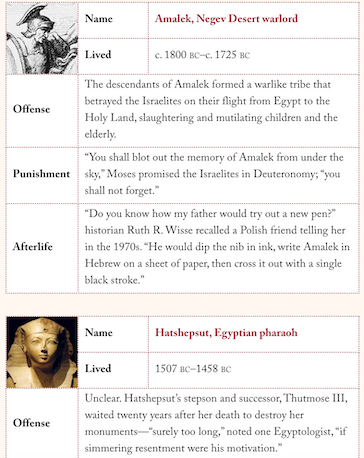Miscellany
A public announcement from 156 bc offers a reward of three talents of copper for the recapture of an eighteen-year-old Syrian-born slave named Hermon who has escaped from an Alexandria household; two talents to anyone who “points him out in a temple”; five if he is found “in the house of a substantial and actionable man.” The advertisement notes that Hermon “has taken with him three octadrachms of coined gold, ten pearls, an iron ring…and is wearing a cloak and a loincloth”; that he has “a mole by the left side of the nose”; and that he is “tattooed on the right wrist with two barbaric letters.”





